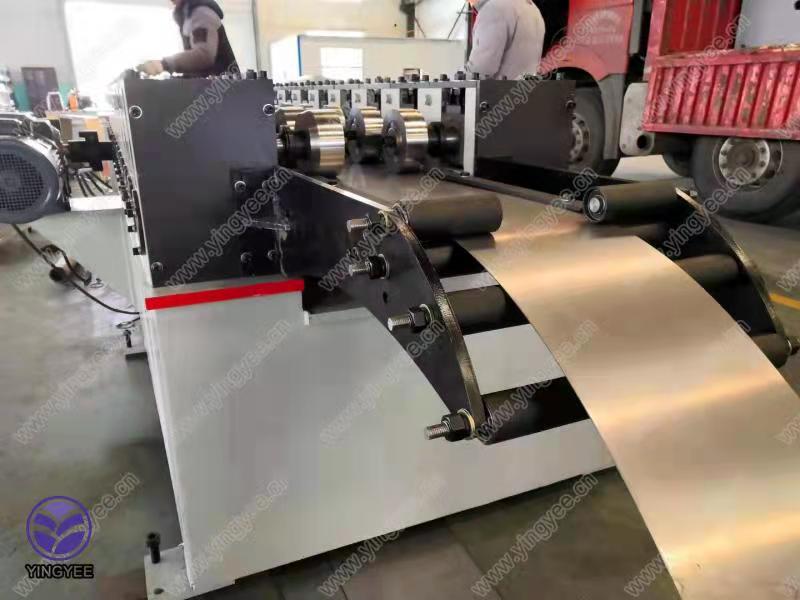Understanding the Purlin Stud Machine A Key Innovation in Metal Construction
In the world of metal construction, efficiency and precision are paramount. One notable innovation that has transformed the industry is the purlin stud machine. This sophisticated piece of equipment is designed to fabricate purlins and studs—essential components in the framework of buildings, especially in steel structures. In this article, we will explore the workings, advantages, and applications of purlin stud machines.
What is a Purlin Stud Machine?
A purlin stud machine is a type of roll-forming equipment that manufactures purlins and studs from a flat coil of metal. Purlins are horizontal structural members that provide support for roof and wall panels, while studs are vertical components that form the framework of walls. The machine uses advanced technology to create precisely shaped profiles that meet specific engineering requirements.
The process begins with the loading of a metal coil into the machine. As the coil is fed through various rolls, it gets shaped into the desired profile. Cutting stations then trim the pieces to the required lengths. Modern purlin stud machines are equipped with computer numerical control (CNC) systems to ensure high repeatability and accuracy. This technology allows operators to easily program different profiles and specifications, making the machine versatile for various projects.
Advantages of Using a Purlin Stud Machine
1. Efficiency One of the most significant advantages of purlin stud machines is their ability to produce large quantities of materials quickly. Automated processes reduce the need for manual labor, thereby increasing productivity and lowering labor costs. The speed of production allows construction timelines to be condensed, ultimately resulting in lower overall project costs.
2. Precision With CNC technology, purlin stud machines can create profiles with exact specifications. This precision reduces waste as materials are cut accurately to size, aligning perfectly with engineering designs.

3. Versatility These machines can produce different types of purlins and studs, accommodating various architectural demands. From C and Z purlins to different stud shapes, manufacturers can quickly switch profiles, making these machines suitable for diverse projects.
4. Quality The end products produced by purlin stud machines are consistent and of high quality. High-strength materials can be used to ensure durability and performance, making them ideal for structural applications in commercial and industrial buildings.
5. Cost-effectiveness While the initial investment in a purlin stud machine may be substantial, the long-term savings it offers can be significant. Reduced labor costs, minimized waste, and enhanced production speed contribute to a lower cost per unit of output.
Applications of Purlin Stud Machines
Purlin stud machines find applications in various sectors of the construction industry. They are extensively used in constructing commercial buildings, warehouses, factories, and even in residential properties where steel framing is preferred. The lightweight yet strong profiles produced by these machines are ideal for pre-engineered buildings, which can be erected faster and with fewer resources.
In addition to new constructions, purlin stud machines are also beneficial in renovation projects that require reinforcement or expansion of existing structures. The ability to produce custom profiles enables contractors to address specific needs without compromising on structural integrity.
Conclusion
The purlin stud machine stands out as a revolutionary tool in the construction sector, promoting efficiency, precision, and cost-effectiveness. As the demand for steel structures continues to grow, so too does the importance of advanced machinery capable of meeting these needs. The versatility and reliability of purlin stud machines not only enhance the speed and quality of construction projects but also contribute significantly to the overall success of the building industry. Whether for commercial, industrial, or residential applications, investing in this technology is undoubtedly a step towards building a more robust and efficient future.